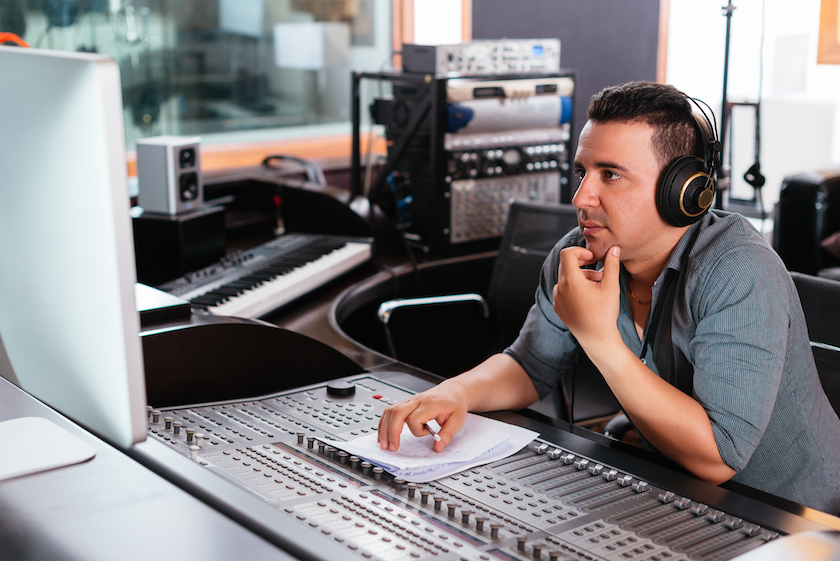Noise Induced Hearing Loss (NIHL) results from damage to the auditory hair cells within the inner ear. These small sensory hair cells convert the sound energy into electrical signals that travel to your brain.
When you are born you have 15,000 auditory hair cells in each of your ears. The body does not create anymore, meaning that if you lose any of these hair cells they are gone permanently. Continuous exposure to high sound levels can destroy these auditory hair cells and, as a consequence, lead to permanent damage to your hearing.
For the majority of the population, the most common source of high exposure to sound comes from the recreational use of headphones. Whether it be listening to music or watching video content, the fact of the matter is that, as a population, we are now using headphones more often and for long periods of time, which is increasing the risk of noise induced hearing loss.
Noise Induced Hearing Loss Facts
NIHL harms cells beyond repair, which will result in the loss of your hearing and have a devastating impact on your everyday life.
The EU recognises NIHL as a serious issue, with scientists warning of the health risks caused from exposure to noise from personal music players.
The World Health Organisation claim that “66% of surveyed MP3 player users are listening to music louder than 85 decibels” (100 decibels is equivalent to hearing a pneumatic drill 10 feet away) and that 1.1 billion teenagers and young adults are at risk of hearing loss due to the unsafe use of personal audio devices, including smartphones.
Deafness Research UK state that “58% of 16 to 30 year olds are completely unaware of any risk to their hearing from MP3 players”.
Action on Hearing Loss (previously the Royal National Institute for the Deaf) say “39% of 18 to 24 year olds listen to personal music players for at least an hour a day and 42% admitted they thought they had the volume too high”, with “A third of people under the age of 35 have experienced ringing in the ears, a sign of hearing damage, after listening to loud music” according to Deafness Research UK.
How LimitEar Helps

LimitEar® hearing protection technologies can be integrated either into the headphone or earpieces, or run as a smartphone app to help prevent NIHL. Patented Hearing Dose Management® (HDM®) technology lets you listen as loud as is safe for as long as you want by calculating your average hearing dose and adjusting the volume accordingly.
Do contact us if you’d like to know how you can protect your hearing.